
On September 24, 2025, the United States military deployed a total of four F-16 fighter jets, an E-3 Sentry Airborne Warning and Control System (AWACS), and four KC-135 Stratotankers to intercept two Russian Tu-95 bombers and two Su-35 fighters operating near Alaska’s Air Defense Identification Zone (ADIZ).
This incident marks the ninth recorded Russian incursion into the ADIZ for the year, as reported by NORAD (North American Aerospace Defense Command).
Technical Capabilities

The intercepted Tu-95MS “Bear” bombers are capable strategic assets with the ability to carry nuclear payloads. Each bomber can hold up to 8 Kh-101/102 cruise missiles, and the theoretical Tu-95MS-16 variant could accommodate 16 Kh-55 family missiles.
With two intercepted bombers, the maximum potential nuclear payload could reach 32 warheads, although NORAD has not confirmed if the aircraft were armed. The Kh-102 nuclear variant carries a 250-kiloton warhead with a 2,500+ kilometer range, allowing strikes deep into North America from international airspace.
NORAD’s Official Response and Costs
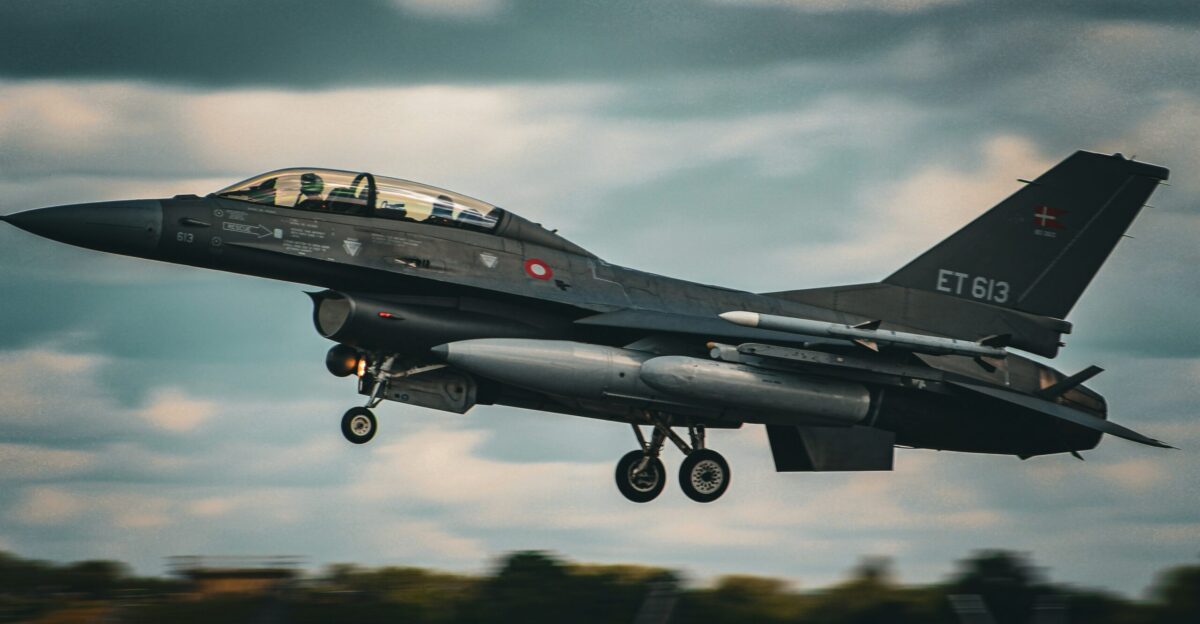
NORAD stated, “This Russian activity in the Alaskan ADIZ occurs regularly and is not seen as a threat,” yet substantial military assets were deployed for the intercept mission.
The cost of operating an F-16 is about $24,818 per flight hour, as per the DoD’s FY2025 rates. The intercept involved a coordinated response with nine US aircraft.
F-16 Maintenance and Support Contracts

Ongoing maintenance for F-16 interceptors is vital and supported by defense contracts.
AAR Corp holds a $365 million, ten-year contract for depot-level maintenance for the US Air Forces in Europe. Similar contracts also support F-16 operations in Alaska, including avionics repairs and structural modifications.
Frequency of Recent Intercepts
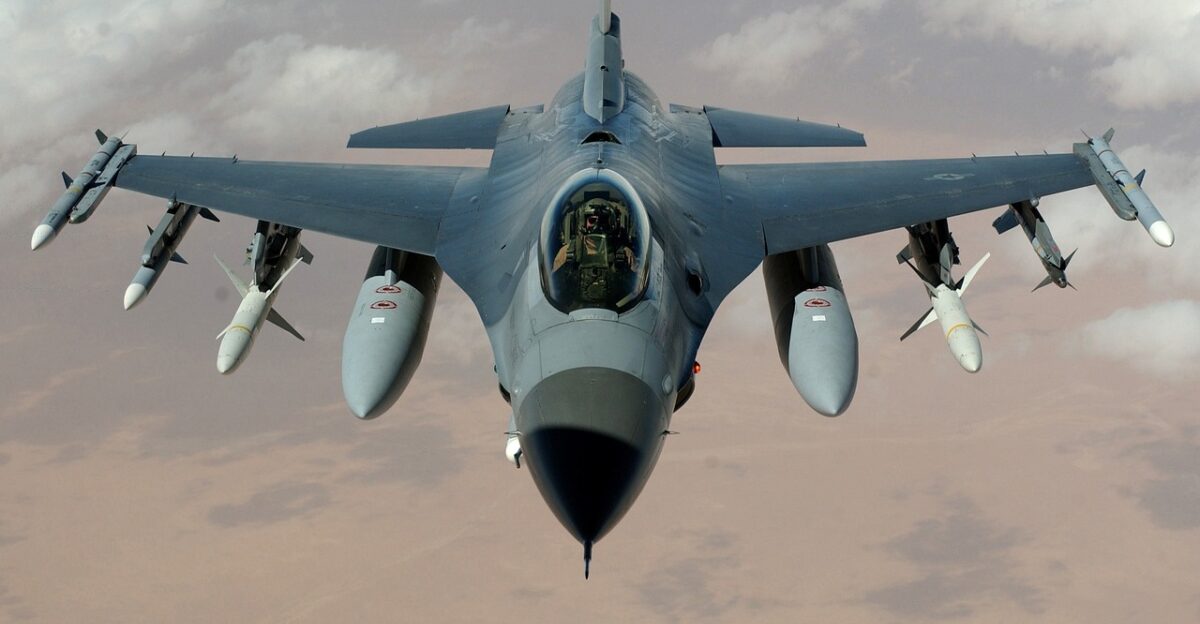
On September 24, an incident occurred that was part of a broader context of increased military activity. In August 2025, NORAD responded to heightened tensions by deploying F-16s on four separate occasions within a single week to track Russian Il-20 reconnaissance aircraft operating near Alaska.
This uptick in intercepts was notable, as it marked a significant increase compared to the usual patterns observed throughout the year.
Aircraft Specifications and Deployment

A recent Russian formation included two Tu-95 bombers and two Su-35 fighters operating in the Air Defense Identification Zone for about three hours.
Previous intercepts featured up to six aircraft, including A-50 early warning planes, showcasing varying mission complexities.
International Airspace Operations

NORAD reported that the Russian aircraft stayed within international airspace and did not enter US or Canadian sovereign airspace.
The Alaskan ADIZ requires the identification of all aircraft for national security purposes.
Political Statements on Airspace Violations

President Trump stated at a UN General Assembly in New York: “NATO countries should shoot down Russian military aircraft that violate their airspace.”
NATO Secretary General Mark Rutte warned: We do not want to see a continuation of this dangerous pattern by Russia, intentional or not.”
Arctic Defense Spending

In January 2025, Denmark announced a $2.1 billion investment in Arctic defense, which includes three new naval vessels and long-range surveillance drones.
Canada plans to allocate $8.1 billion for defense modernization from 2024 to 2029, alongside $10.2 billion for Arctic infrastructure over the next 20 years.
Service Life Extension Programs
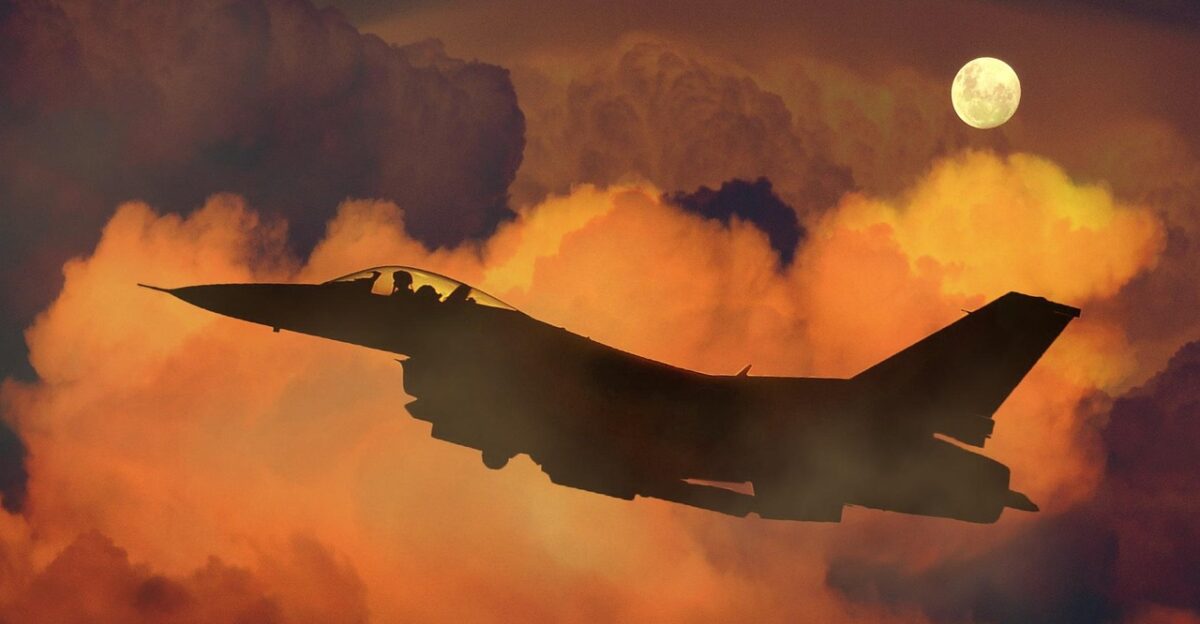
The F-16 fleet is modernized through Service Life Extension Programs (SLEP), extending aircraft life to 12,000 flight hours.
The Ogden Air Logistics Complex processes about 300 F-16s annually for structural modifications, with each SLEP taking roughly nine months to complete.
Unsafe Flying Incidents

Previous Russian intercepts have been labeled “unsafe” and “unprofessional.” On September 23, 2024, NORAD released video of a Russian jet flying “within just a few feet” of US aircraft.
General Gregory Guillot stated the conduct was “unsafe, unprofessional, and endangered all – not what you’d see in a professional air force.”
Multi-National Intercept Operations
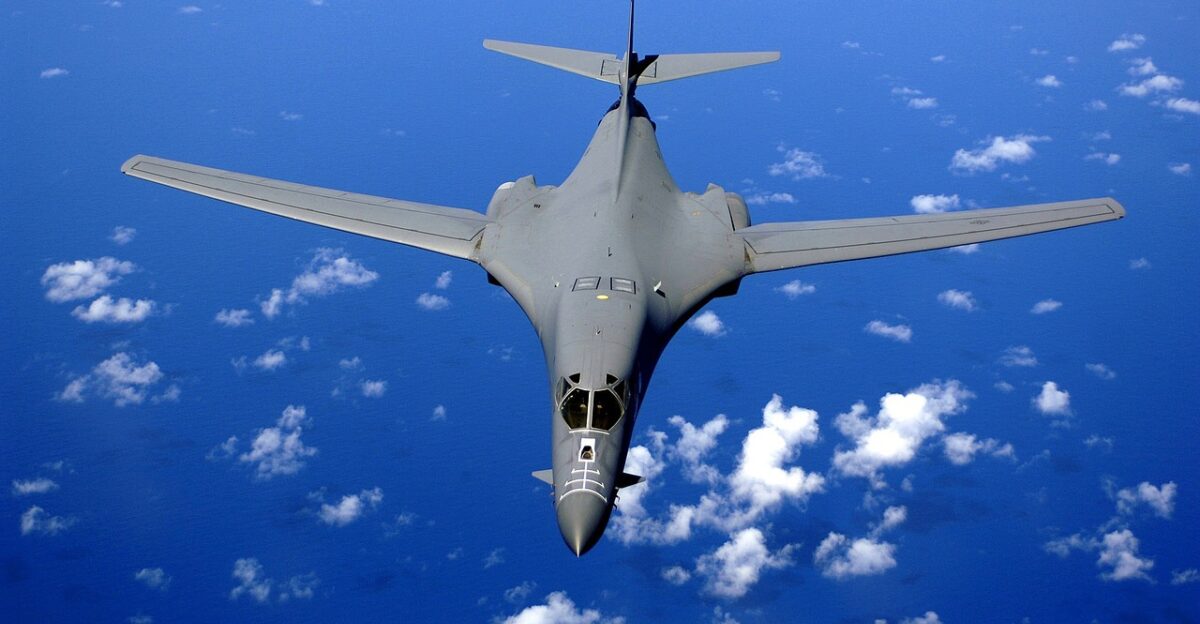
Similar Russian bomber activities occur globally, requiring international responses. Japan’s Air Self-Defense Force scrambled fighters 237 times against Russian aircraft in fiscal year 2024, equaling the total for all of FY2023.
Recent missions involved Tu-95 bombers conducting eight-hour flights over international waters.
Joint Russian-Chinese Operations

In July 2024, NORAD successfully intercepted a formation of Russian Tu-95 bombers alongside Chinese H-6 bombers operating in proximity to Alaska.
This incident marks the first documented instance of joint bomber operations conducted by Russia and China in this region, indicating a notable escalation in their coordinated military activities.
Civilian Airspace Violations

F-16 intercepts are also utilized in response to violations by civilian aircraft. For instance, NORAD reported that there were five unauthorized incursions into temporary flight restriction zones surrounding President Trump’s golf club in New Jersey in just one day.
In these instances, F-16s performed “headbutt” maneuvers to alert the civilian pilots and ensure safety in the airspace.
Arctic Shipping and Commercial Control
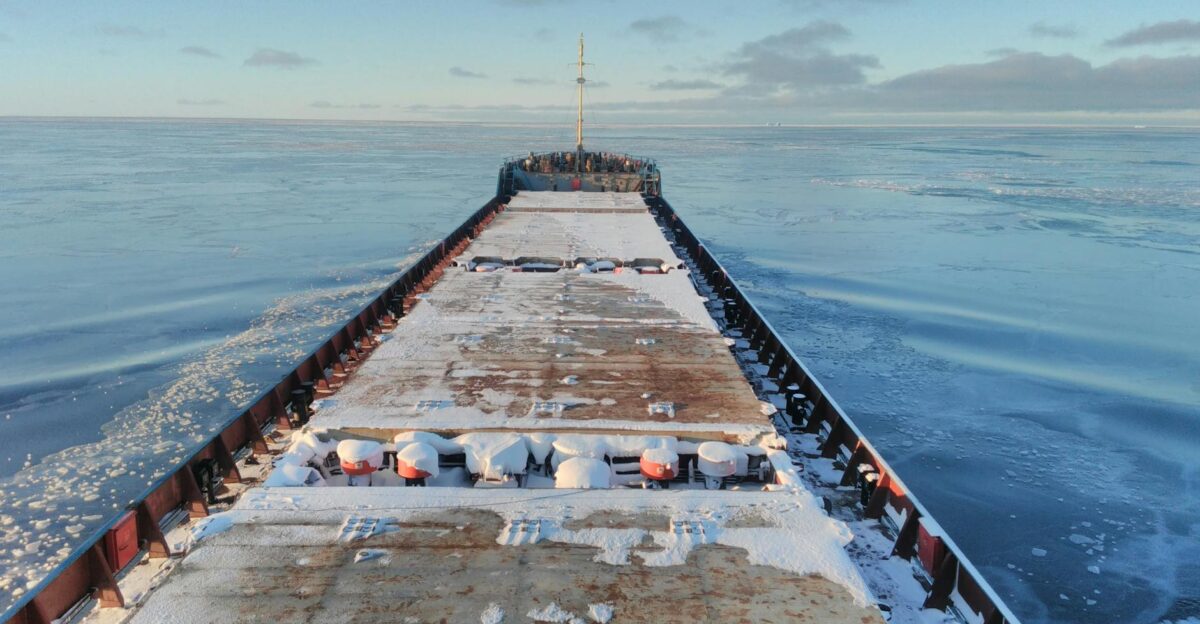
Russia controls 53% of the Arctic coastline, giving Moscow decisive influence over the Northern Sea Route (NSR), a 2,500-nautical-mile passage that can be transited in as little as 7.5 days. In 2023, the NSR recorded 36 million metric tons of freight, more than half being liquefied natural gas.
Russian crude oil exports to Asia via Arctic routes reached 1.5 million metric tons after European sanctions diverted Baltic Sea shipments. Moscow can apply “de facto military control over maritime trading commerce” when strategically expedient, affecting billions in annual global shipping.
Defense Industry Market Response to Geopolitical Risk
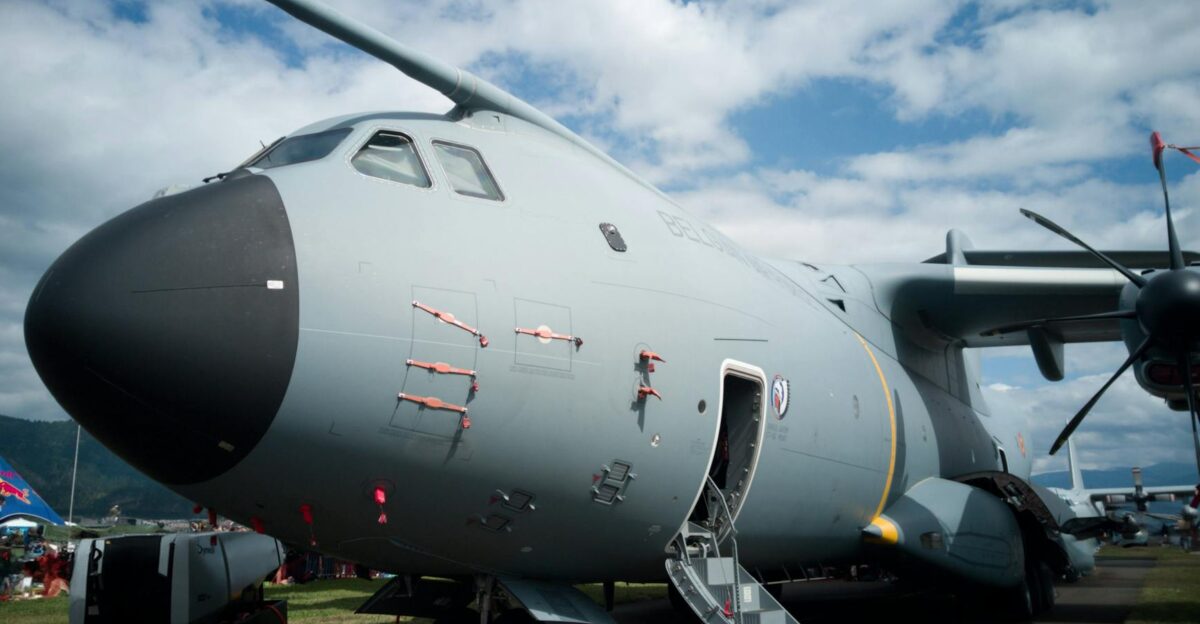
A 2025 study of 75 defense companies across 17 countries found that geopolitical risk events create “concentrated impact during events that generated uncertainty.” Defense stocks showed positive abnormal returns during wars with lower volatility, while 28% of companies had weak reactions to geopolitical events.
UK defense companies proved most sensitive to geopolitical risk, followed by Germany and France. US companies served as robust hedges from 2021 to 2022, with fluctuations starting from the 2014 Crimean annexation and amplifying during the Russia-Ukraine war.
Indigenous Communities and Military Impacts

Inuit Nunangat encompasses 40% of Canada’s land area and 70% of its coastline, home to 58,220 residents across 51 communities, with 70,545 total Inuit in Canada. Russia added 55 Indigenous organizations to terrorist lists in 2024, forcing Sami people to “hide their identity and live outside the law.”
Military activities exclude territories from traditional reindeer herding, while disproportionate deployment of non-Russian ethnic peoples to combat zones has “hollowed out numerous Arctic villages of fighting age men.” Indigenous leaders face exile, imprisonment, and assassination threats for opposing militarization.
NORAD’s Monitoring Capabilities
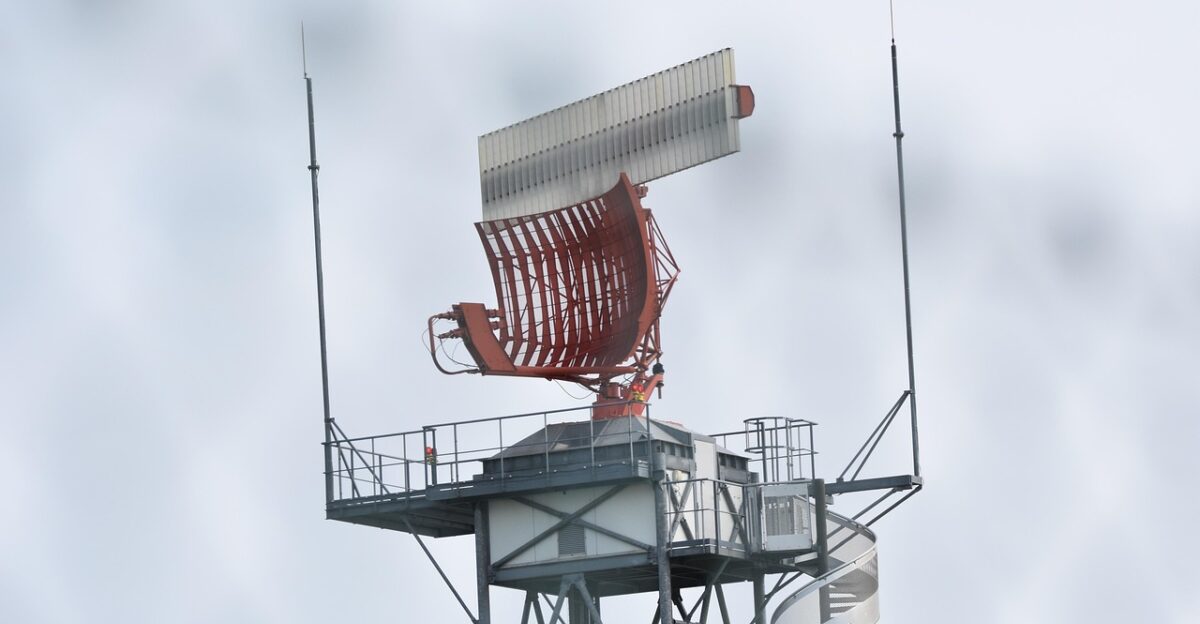
NORAD’s radar systems utilize the North Warning System, an array of short- and long-range radars installed in the late 1980s using 1970s technology.
Former NORAD deputy commander Vice Admiral Mike Dumont stated the system requires modernization with new sensors capable of detecting threats “in all domains.”
Future Arctic Operations

Defense analysts predict continued Russian activities based on historical patterns.
The US maintains a permanent presence at Pituffik Space Base in Greenland as part of ballistic missile early-warning systems, highlighting the Arctic’s strategic importance for North American defense.
Operational Reality

The September 24 intercept demonstrates routine but costly military operations required to maintain Arctic security. NORAD conducts regular intercepts while emphasizing that Russian activities “occur regularly and are not seen as a threat,” yet require continuous vigilance and substantial resource allocation.
While Tu-95 bombers have the technical capacity to carry up to 32 nuclear warheads collectively when fully configured with external pylons, US officials have not confirmed whether the September 24 aircraft were armed with any weapons during the intercept mission.